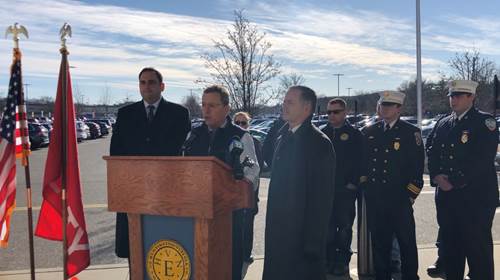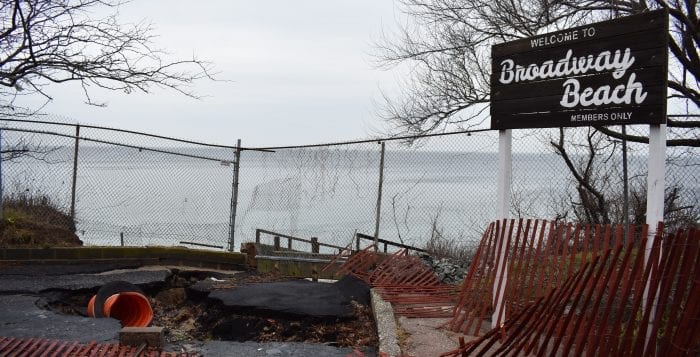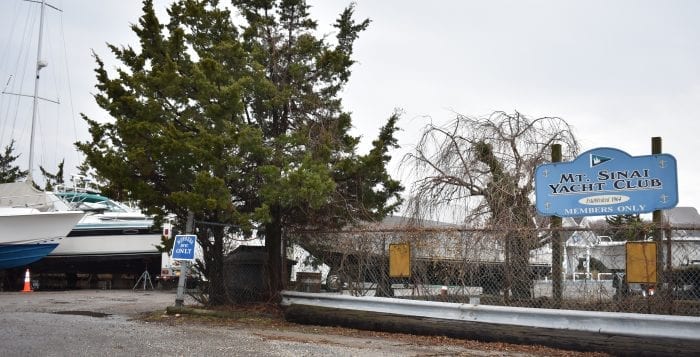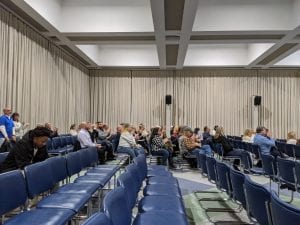Recently, the Stony Brook University School of Dental Medicine, which offers treatment to more than 15,000 patients a year, officially opened a state-of-the-art center for digital dentistry on the SBU campus, the Center for Implant and Digital Technology.
While computer-aided design and manufacturing technologies have existed for some years, these advances in dentistry can still be out of reach for many patients. The cost of CAD/CAM equipment remains a barrier for many dentists, limiting the accessibility for those interested in offering these services.
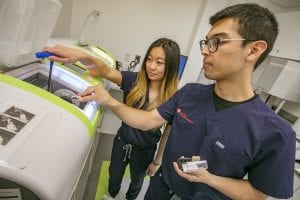
Traditionally crowns and bridges were made using uncomfortable impression trays. The entire process can now be done digitally and quickly within the CIDT. From start to finish, the creation of a dental restoration can be completed entirely onsite and in less than 24-hours.
Non-invasive, high-tech scanners are used to electronically capture images of a patient’s teeth and gums in real-time. This information is then immediately transferred to sophisticated software used by dental practitioners to design crowns and bridges three-dimensionally. Finally, designs are translated to in-house 3-D printers or milling machines for the production of the final restoration to be delivered to the patient.
The School of Dental Medicine has continuously been at the forefront of the adoption of digital dentistry technology and education and was chosen in 2017 to be one of five academic institutions nationally to implement a digital dentistry curriculum by the American College of Prosthodontists.
“The Center for Implant and Digital Technology is not only a means of providing invaluable educational opportunities for the next generation of dental professionals, but also an example of Stony Brook School of Dental Medicine’s role as a pioneer and innovator in the digital dentistry space,” said Dr. Mary Truhlar, Dean. “This Center allows us to provide excellent, state-of-the-art care to the Long Island community.”
According to Dr. Ann Nasti, Associate Dean for Clinical Education, “the addition of the CIDT is mutually beneficial for the education of future dental professionals, and for the quality of care provided to patients.”
“Our patients will quickly receive high-quality, precise dental appliances to enhance function, guide surgeries, and restore their smiles,” explained Dr. Truhlar. “Simultaneously, our students are educated using the latest technology and are well-prepared to enter a dynamic and changing profession.”
CAD/CAM technology can make dental care more accessible to many patients. The high-precision of scanning and design eliminates the need for multiple impressions, saving on materials and time spent at appointments to the dentist. Replicating restorations in the event of a chipped crown or lost appliance is also simple thanks to digitally stored records.
While the latest advances in treatment are significant improvements in patient care, the School of Dental Medicine will use the center for translational research.
“I believe that through digital dentistry, I can make a difference in treating patients with craniofacial anomalies,” said student-researcher Shradha Duggal. Duggal is currently studying 3-D printed prosthetic devices used to correct the defects of the lip and palate in terms of more efficiently and comfortable treating patients.
Other research projects underway at the School of Dental Medicine include the generation of data that will be used to improve the design and performance of dental implants.

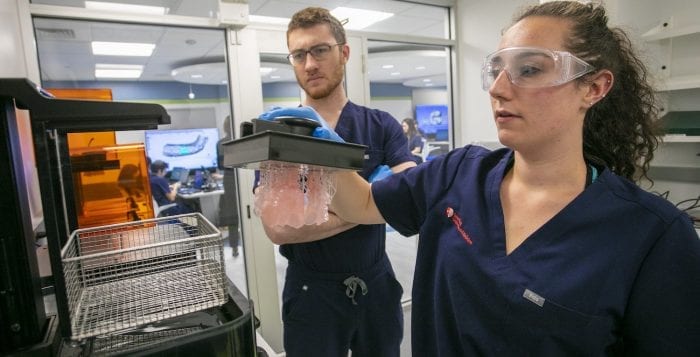


 Theatre Three in Port Jefferson celebrated Jeffrey Sanzel’s 1,400th performance as Ebenezer Scrooge in Charles Dickens’
Theatre Three in Port Jefferson celebrated Jeffrey Sanzel’s 1,400th performance as Ebenezer Scrooge in Charles Dickens’


